Samples of milk collected from sick cattle in Kansas and Texas tested positive for avian flu, but the nation's milk supply is safe, the U.S. Department of Agriculture said on Monday.
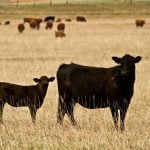
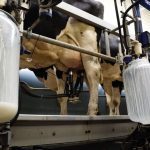

Older, lactating cattle more likely to be severely impacted, effected farmers say
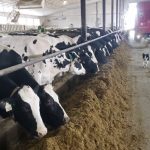
Availability of feed is important for maintaining cow body condition score

Easing dryness could encourage ranchers to begin rebuilding beef herds

Enteric methane emissions from cattle contributes 3.3 per cent of Canada’s total GHG emissions

It's important to look at the structure of fibre in the ration
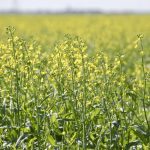
Dairy Corner: It’s readily available and priced better than some other proteins

Dairy Corner: A few hot days in summer can have a significant impact on reproduction and milk production

Notes on Canada’s dairy and beef breeds
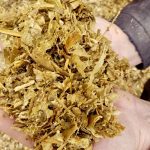
Dairy Corner: Always recommended to start with a feed analysis to know what you have